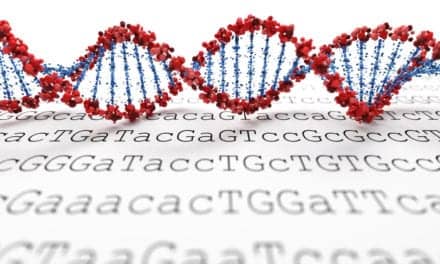NanoString Technologies Inc, Seattle, a privately held provider of life science tools for translational research and developer of molecular diagnostics, has obtained the CE Mark for its PAM50-based gene expression test for breast cancer, clearing the company to sell its test in the European Union and other countries recognizing the CE Mark.
The test provides a subtype classification based on the fundamental biology of an individual’s breast tumor (referred to as intrinsic subtyping), as well as a prognostic score that predicts the probability of cancer recurrence over 10 years in post-menopausal women with hormone receptor-positive, early stage breast cancer (ESBC) who have been treated with hormonal therapy. Together with studies from the literature, this information has been shown to convey valuable information about a patient’s prognosis that can inform critical decisions about the patient’s course of therapy, according to the company.
The company reports that it has completed its first regulatory filing for the PAM50-based gene expression diagnostic test for breast cancer less than 2 years after beginning a rigorous clinical development program. "This filing is right on the heels of the landmark study from The Cancer Genome Atlas that demonstrated the power of the PAM50 for subtyping breast cancer into four distinct diseases, and importantly the clinical use of intrinsic subtyping is already included in the St Gallen International Breast Cancer Treatment Guidelines," says Bruce Seeley, senior vice president and general manager, Diagnostics, NanoString Technologies.
NanoString intends to begin marketing its breast cancer test in major markets that accept the CE Mark in early 2013. The company has a worldwide license for the PAM50 gene signature to develop in vitro diagnostic and research products for breast cancer on its nCounter® Analysis System. The clinical development program for its PAM50-based breast cancer test is designed to support both regulatory requirements for market-specific approval and its incorporation into worldwide breast cancer treatment guidelines.
The CE Mark is based on positive results from NanoString’s first clinical validation study, as well as a recently completed multisite analytical validation study. The results of the clinical validation study, which included more than 1,000 samples from the TransATAC study of postmenopausal women with hormone receptor-positive early-stage breast cancer (ESBC), were presented by the study’s independent investigators at the 2011 CTRC-AACR San Antonio Breast Cancer Symposium. The results of the multisite analytical validation study are expected to be presented at a major clinical meeting during 2013, the company says.
The test that is the subject of the CE Mark is available in the United States as investigational use only. The test runs on the nCounter system, which is presently offered in the United States as research use only, and is not intended for diagnostic use in the United States.
[Source: NanoString ]




